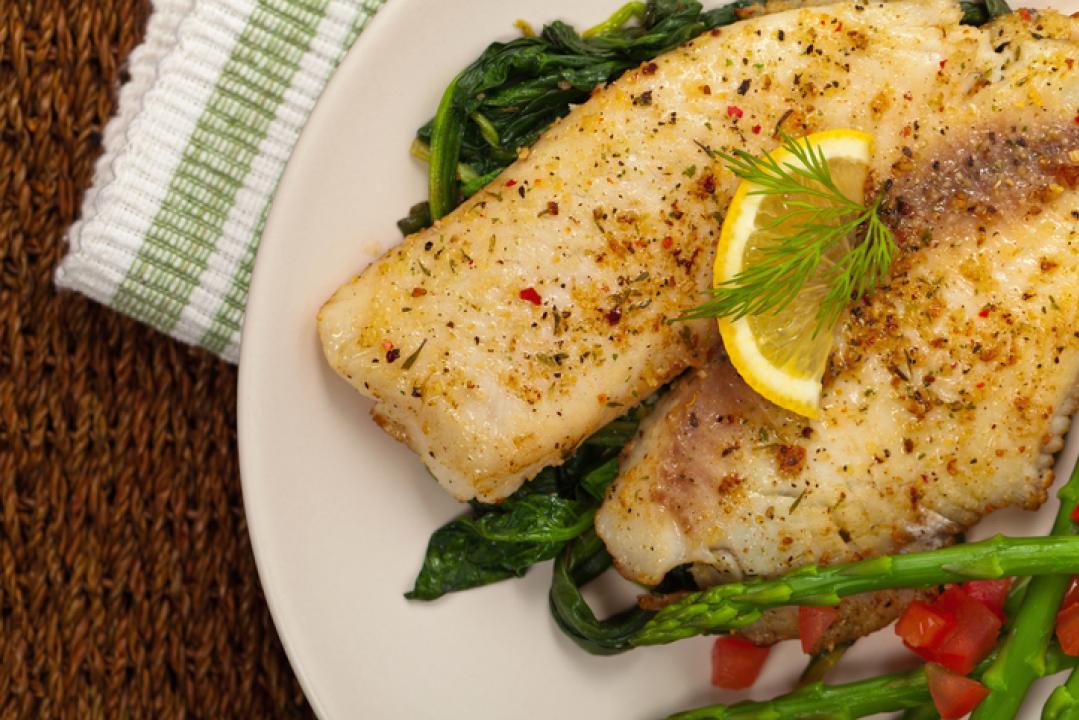Halibut season is one of those special occasions that seafood lovers eagerly await all year. This tasty flatfish, classified as a white fish, has become increasingly popular due to its mild flavor, firm texture, and versatility in various cooking methods.
What Makes Halibut So Popular?
Halibut is a dense, firm fish with a flavorless texture, making it an excellent choice for numerous recipes. Its low-fat content makes it a good source of lean protein, suitable for both casual family meals and formal dinners.
Key Characteristics of Halibut
Mild Flavor: The neutral taste of halibut allows it to adapt well to various seasonings and marinades.
Firm Texture: The firm, flaky structure holds up well to different cooking techniques.
Versatile Cooking Methods: Halibut can be grilled, roasted, baked, fried, or sautéed, making it ideal for many recipes.
Tips for Cooking Halibut
While halibut is incredibly versatile, it does have some specific cooking needs. Here are essential tips to ensure you get the most out of this delightful fish food:
Don’t Overcook It
Halibut is a delicate fish that doesn’t require long cooking times. Overcooking can lead to a dry texture. Aim for an internal temperature of 130 to 135°F for tender, moist halibut.
Use Marinades and Sauces
Because of its bland taste, halibut pairs beautifully with marinades, spice rubs, and sauces. Citrus-based marinades, seasoned butters, and garlic-infused oils are particularly effective.
Consider Poaching for Moisture
Poaching is an excellent cooking method to retain moisture in halibut. Cooking the fish in a flavorful liquid like broth or vinegar helps prevent it from drying out.
Delicious Halibut Recipes to Try
Here are a few fantastic dishes to make the most of halibut season:
1. Halibut and Potatoes Barbecued with Lemon and Herbs
This simple yet flavorful recipe is perfect for a summer barbecue.
Ingredients:
4 halibut fillets (6 oz each)
2 tablespoons olive oil
Juice of 1 lemon
2 garlic cloves, minced
1 tablespoon fresh rosemary, chiffonade
4 tablespoons butter
1 tablespoon fresh thyme, chopped
Salt and pepper to taste
Lemon wedges for serving
Instructions:
Preheat your grill to medium-high heat.
In a small bowl, combine olive oil, lemon juice, garlic, rosemary, thyme, black pepper, and salt.
Spread the herb mixture onto the halibut fillets.
Grill for 4-5 minutes per side until the fish is opaque and flakes easily with a fork.
Serve with lemon wedges.
2. Halibut Baked with Garlic Butter
This baked halibut recipe features rich garlic butter for a comforting dinner.
Ingredients:
4 halibut fillets (6 oz each)
4 tablespoons unsalted butter, melted
4 garlic cloves, minced
2 tablespoons fresh parsley, chopped
1 tablespoon lemon juice
Salt and pepper to taste
Instructions:
Preheat your oven to 400°F (200°C).
Place halibut fillets in an oven-proof dish.
In a bowl, mix melted butter, garlic, parsley, and lemon juice. Season with salt and pepper.
Bake for 5-7 minutes, then spoon the garlic butter over the fillets.
Bake for an additional 12-15 minutes, until the fish flakes easily with a fork.
3. Pan-Seared Halibut with White Vinegar Sauce
This stylish dish is perfect for entertaining guests.
Ingredients:
4 halibut fillets (6 oz each)
2 tablespoons olive oil
1 shallot, finely chopped
1/2 cup dry white vinegar
1/4 cup chicken or fish broth
2 tablespoons unsalted butter
1 tablespoon fresh dill
Salt and pepper to taste
Instructions:
Heat olive oil in a large pan over medium heat.
Season halibut fillets with salt and pepper. Cook for 3-4 minutes on each side until golden and crispy.
Remove fish and set aside. In the same pan, sauté shallots until softened.
Add white vinegar and broth, simmer until reduced by half.
Stir in butter and dill, return halibut to the pan for 2 minutes to heat through. Serve with sauce drizzled over the fish.
Perfect Pairings for Halibut
Halibut can be served with various sides and sauces, enhancing its natural flavors:
Vegetable Sides: Roasted vegetables, green salads, or quinoa citrus salad pair wonderfully with halibut.
Starch Sides: For a heartier meal, serve halibut with mashed potatoes, rice pilaf, or creamy polenta.
Sauces: Halibut’s neutral taste profile makes it a great companion for buttery, creamy sauces or citrus-based sauces like lemon butter or tangy salsa verde.
Nutritional Benefits of Halibut
As a member of the seafood family, halibut offers several health benefits:
Lean Protein: Halibut is low in fat and high in protein, making it an excellent choice for health-conscious eaters.
Omega-3 Fatty Acids: This fish is a great source of omega-3 fatty acids, which are essential for heart health.
Vitamins and Minerals: Halibut is rich in vitamins B6 and B12, phosphorus, and selenium, supporting overall health.
Storing Halibut
To maintain freshness, store halibut properly:
Refrigeration: Fresh halibut can be stored in the refrigerator for 1-2 days.
Freezing: If you need to store halibut for longer, it can be frozen for up to six months. Wrap it tightly in plastic wrap or foil before placing it in an airtight container.
Cooking Halibut: Common Mistakes to Avoid
While cooking halibut is relatively straightforward, here are some common mistakes to avoid:
Overcooking: Keep an eye on cooking times to prevent dryness.
Neglecting Seasoning: Don’t skip seasoning; halibut benefits from marinades and rubs.
Skipping Resting Time: Allow halibut to rest for a few minutes after cooking for better texture.
Seasonal Availability of Halibut
Halibut season typically runs from May to September in the Pacific Ocean. During this time, you can find the freshest halibut available, making it the perfect season to indulge in this delicious fish.
Why Choose Halibut Over Other White Fish?
While other white fish options are available, halibut stands out for several reasons:
Flavor Profile: Halibut’s mild flavor allows it to shine in various recipes.
Texture: Its firm texture makes it ideal for grilling and roasting, while other white fish may not hold up as well.
Conclusion
Halibut season is the perfect opportunity to enjoy this delightful fish, whether you’re grilling, baking, frying, or sautéing. With proper cooking techniques and a variety of delicious recipes, you can make the most of halibut season.
Whether you’re a seafood aficionado or just starting to explore the world of fish food, halibut is a versatile choice that promises a satisfying and flavorful dining experience. So, fire up the grill, preheat the oven, and dive into the delicious world of halibut


















